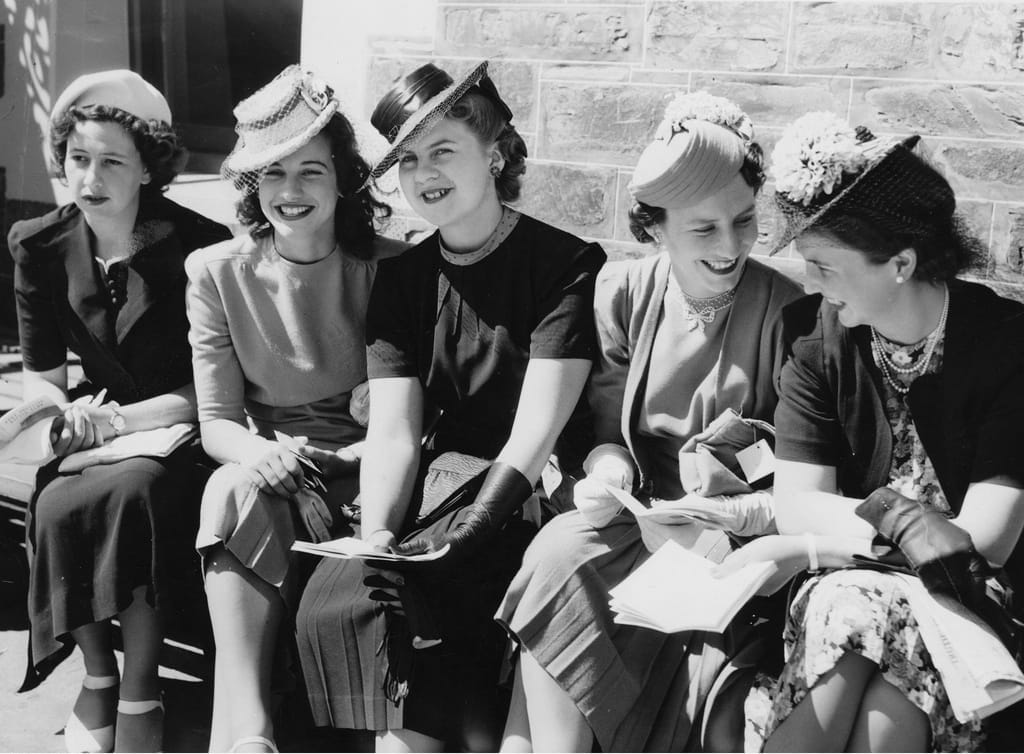
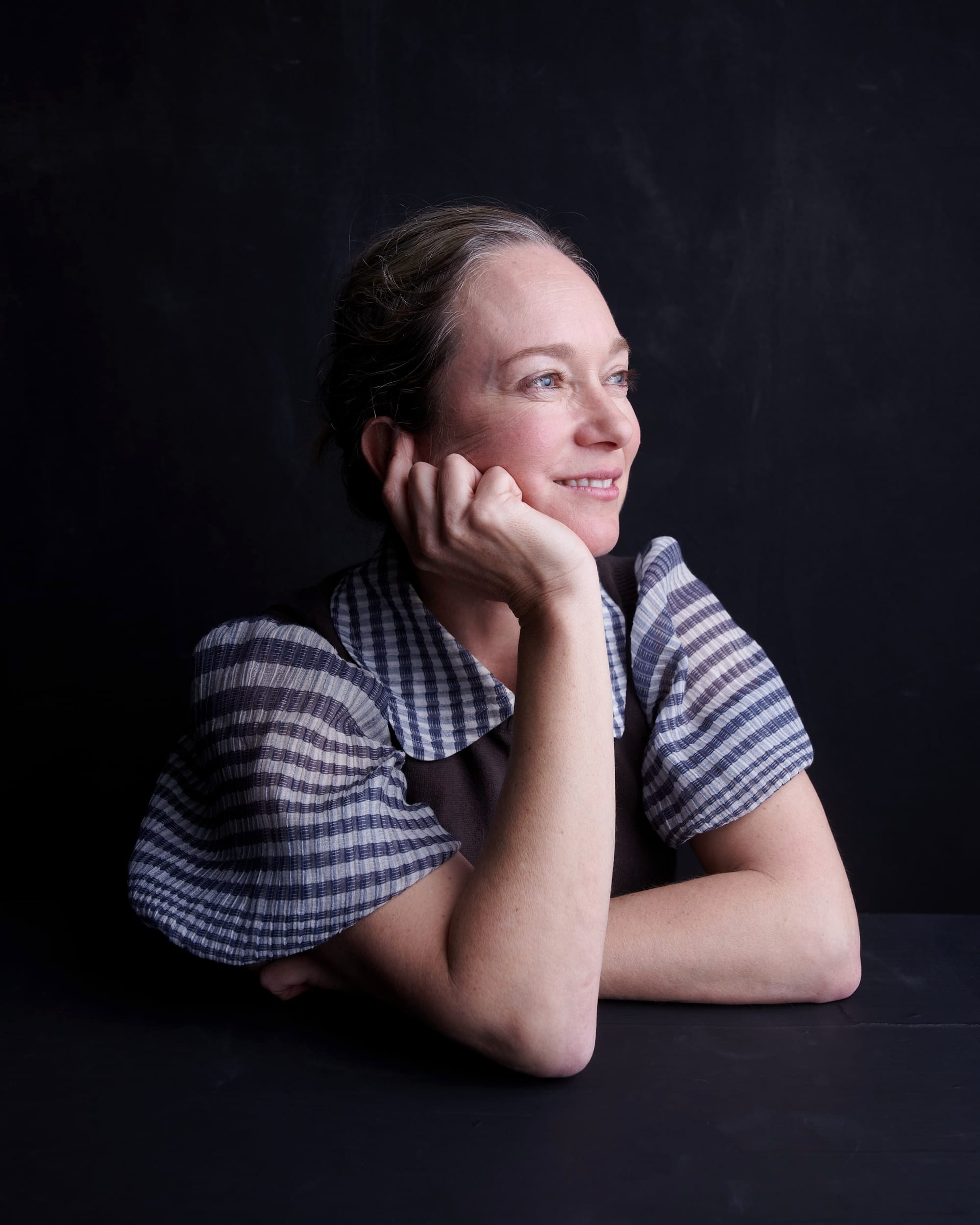
A back-of house tour for Galah subscribers only. Editor-in-chief Annabelle Hickson talks about how much Galah costs to make, where Galah's revenue comes from and what's on the cards for this year.
This is the first fortnightly letter I'm sending only to Galah subscribers and because you are Galah - more on that below - I wanted to give you a behind-the-scenes tour of Galah as a business so you have a sense of where your subscription money is going.
We are building something really special together and, as Alanis Morrisette would say, you oughta know. Let me pull back the curtain and invite you on a back-of-house tour of Galah. Bring coffee.
First stop: What does Galah cost to make?
We're nine issues in - this week we sent Issue 09 to the printers, you can expect to see it in your inboxes early April - and we've settled on a rhythm of three print issues a year.
One day I'd love to see Galah become a quarterly but I think that's primarily because I enjoy saying "quarterly" more than "triannual", which is not a good enough reason to up the ante. We have a small and excellent team right now and three issues a year fits us well.
It costs about $160,000-$175,000 (not including overheads) to publish an issue of Galah. All those zeros make my eyes water, but in each issue there's 176 pages of high quality, original human-made content printed on high quality paper, all of which costs real money to make.
Only a few of those 176 pages are ads (last issue we had eight pages of paid ads and three pages of house ads) and we pay writers, photographers, editors, sub-editors, designers and printers to make those pages as interesting and beautiful as possible. If you fill your pages with ads, you get the double bonus (in terms of dollars) of the ad revenue and not having to pay writers and photographers. Or you can fill the pages with advertorials where someone has a vested interest to supply the content for free and then you charge them a tidy sum for distributing it. Galah has chosen the expensive route.
Printing and posting are our big expenses, making up half of the total expenses. The other half is split more or less evenly between freelancers (writers and photographers) and our regular editorial and design team.
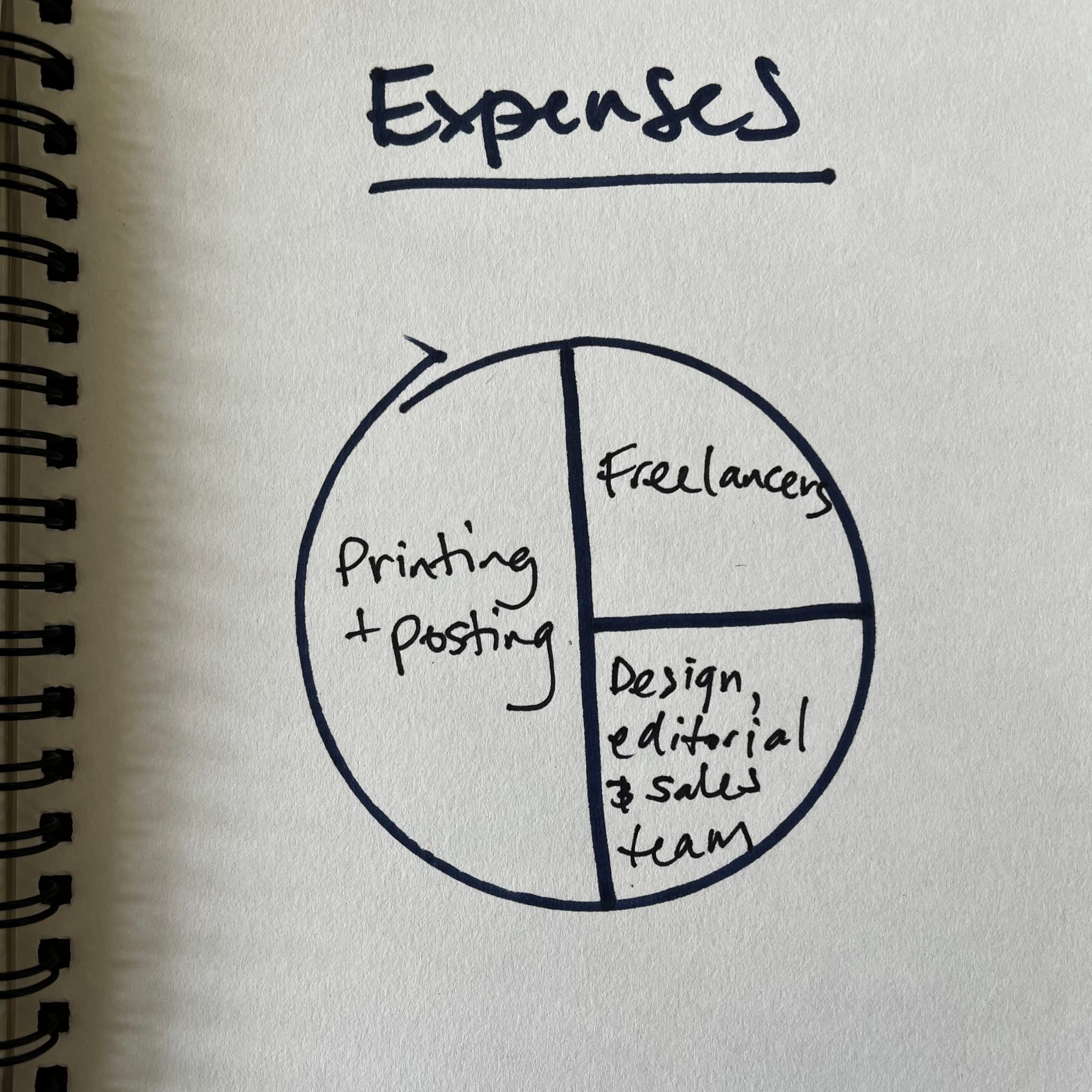
Next stop: So how does Galah pay for everything?
You, our dear readers, are the backbone of this business. Readers make up 85 per cent of Galah’s revenue. By readers, I mean subscribers, wholesalers (thank you stockists and our readers who buy from you), along with direct sales on our website.
Advertising income makes up 15 per cent of revenue. This split is really special.
Traditionally those numbers would be inverted. Most media is funded primarily by advertisers; an 85 per cent advertising revenue / 15 per cent reader revenue split would be way more typical, but not for us thanks to you Galahs.
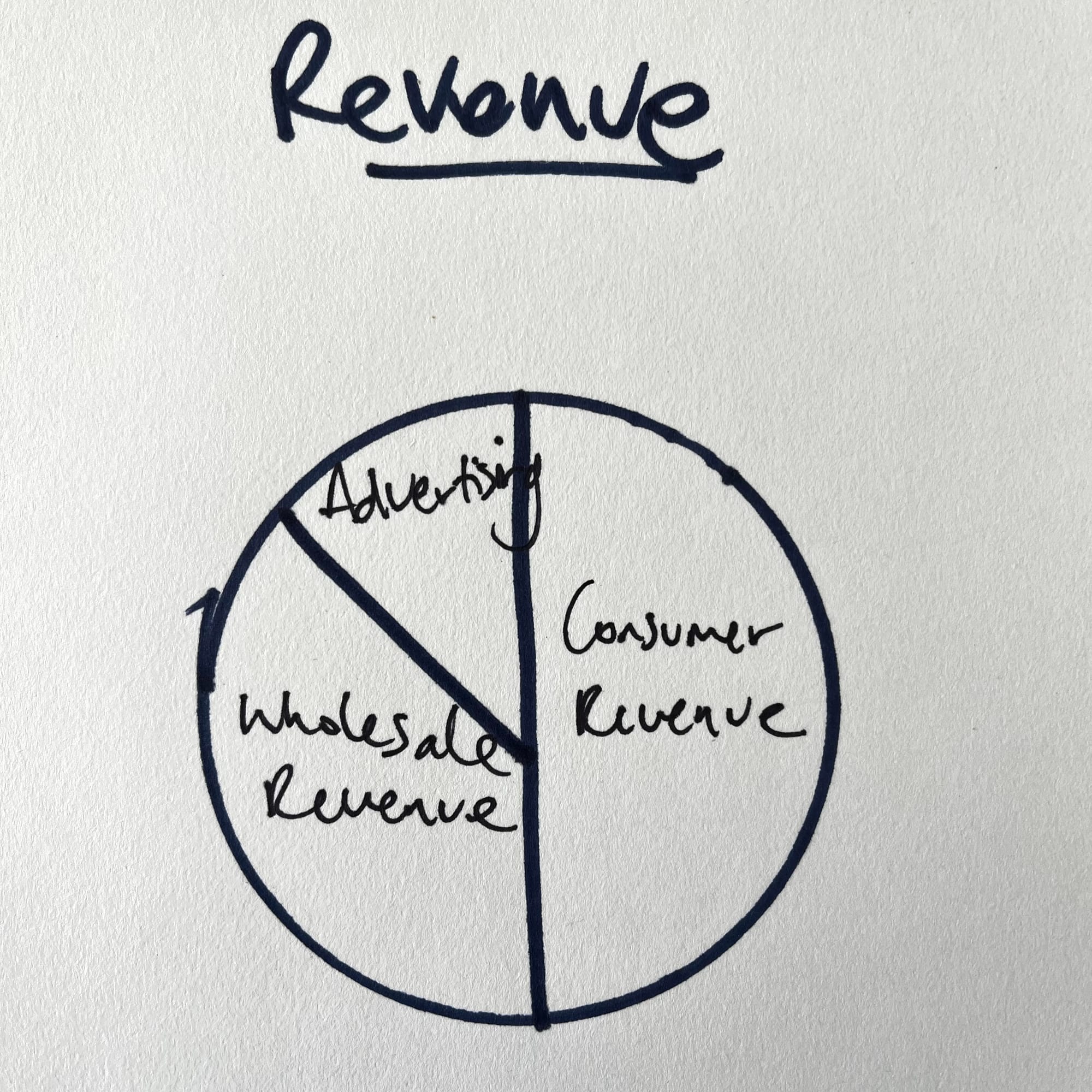
Next stop: What does this mean? Why does this matter?
Just to be clear, even though I think our heavily weighted reader revenue is special, I love our advertisers. They comprise a small but important part of our revenue, which I hope to grow. And we only work with companies we want to support (a great example being the sponsor of this newsletter, Giddiup. Check out their classified below before we get back to the tour).
Classified: Established in 1999 by fine furniture maker, sculptor and keen horseman Hugh Parry-Okeden, Giddiup has grown from a small family-owned post and rail fencing business, into a premium timber and lifestyle building company.
Specialising in prestige properties, with a focus on the quality timbers sourced by Giddiup, our unparalleled craftsmanship and experience is second to none. Hugh Parry-Okeden has over thirty years of working with timber and creating beautiful rural properties. Learn more
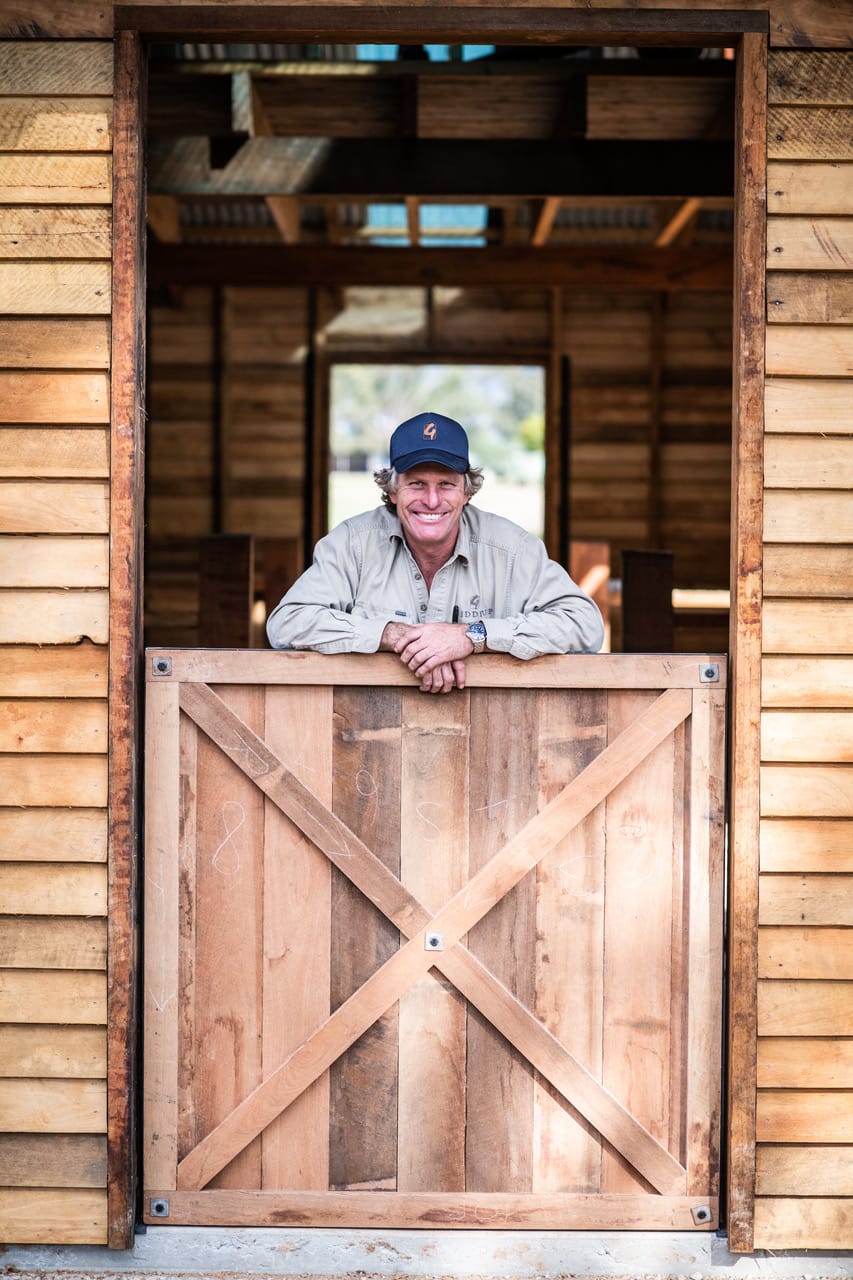
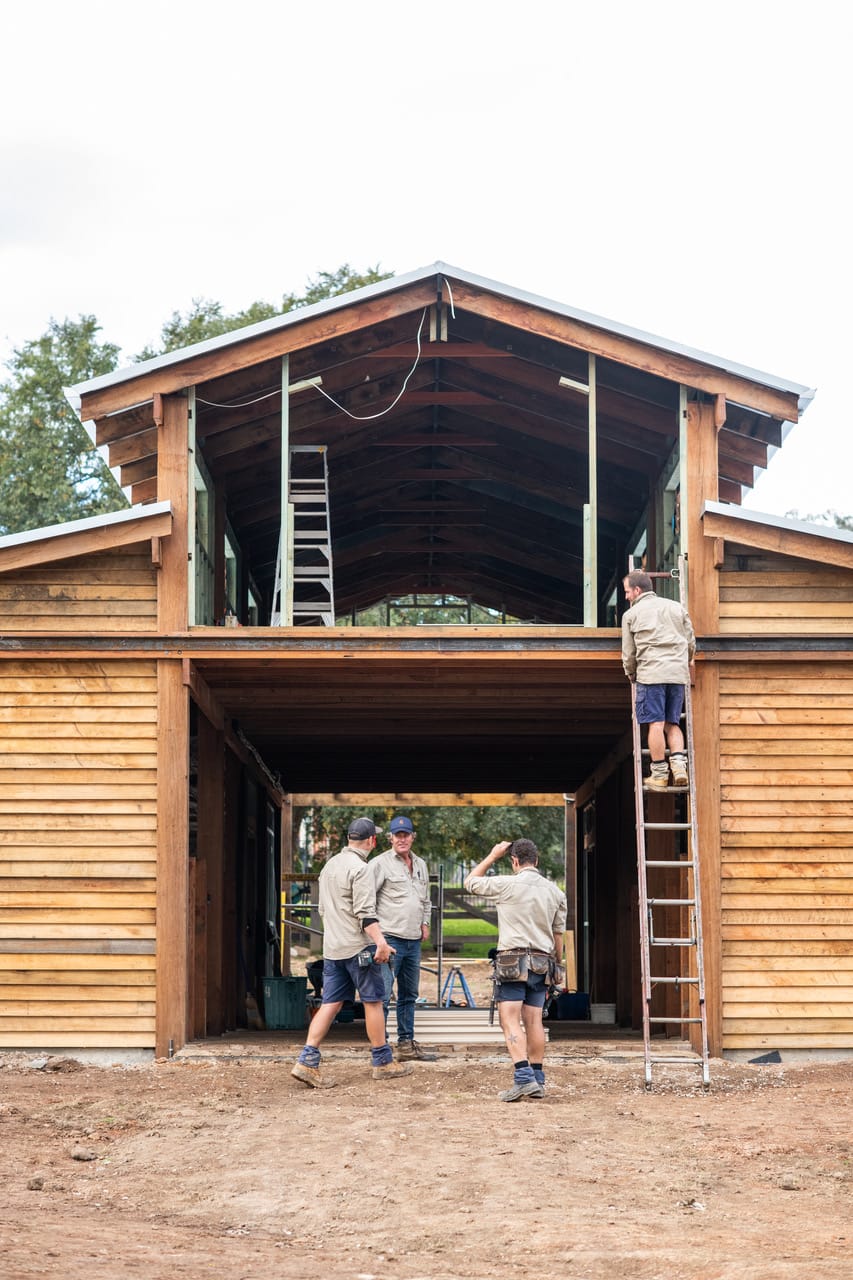
If history is anything to go by, media - specifically news - has rarely been a profitable business on its own. Pre-digital, when media was actual newspapers and print magazines, the classifieds were the big money-makers that helped to subsidise newsrooms.
And before that, until the early 19th century, newspapers were subsidised by politics. "Only through the growth of advertising did the press achieve independence,” wrote newspaper historian Francis Williams.
The print-media-subsidised-by-classifieds model worked pretty well until the tectonic plates started to shift in the early 2000s, when 52-year-old web geek Craig Newmark "singlehandedly" destroyed the American newspaper industry with Craigslist, a simple website with no editorial content or fancy design, run out of an old clapboard house in San Francisco. It did what the classifieds could but at a fraction of the cost.
Then came digital media. Publications were no longer limited to their local audiences. Advertising dollars flowed to those media platforms who could reach the most eyeballs. The focus shifted away from direct relationships with readers towards volume instead.
Readers could now read stories via Google searches or social media posts, without ever seeking out a specific media platform. Readers were renamed “traffic”. And Google search and social media controlled distribution.
The tectonic plates are shifting again. Now if you type “plan me a three-day itinerary of the best places to eat in Orange, NSW” into ChatGPT, it creates one - a pretty good one - in about two seconds. The itinerary is there in whole. There are no links. And there is no traffic.
To compound matters, Meta has shifted away from news. It no longer promotes news in its algorithm. The social-media distribution fire hose has been turned off.
And so media is pivoting again. Either that or it’s shutting down.
Publishers such as The Los Angeles Times, The Washington Post and Business Insider are laying off journalists. Digital media start-up The Messenger crashed and burned less than a year after raising $50 million.
Last year The New York Times’ annual revenue for digital subscriptions rose above $1 billion for the first time. With nearly 10 million digital subscribers, The New York Times is a shining light in the grim media scene. But not even the NYT had good news about advertising last year, with its ad revenue declining across print and digital. The company said it expected further declines in the first three months of this year.
All this is to say I’d be nervous if Galah depended almost exclusively on advertising to keep the lights on right now. It looks like the vibe is shifting to a new era where direct relationships with real, engaged readers are what matters.
Your subscription gives us a solid foundation and gives me the confidence that we are building something real.
Galah still has its challenges: cashflow is one. But I’m playing the long game. Every start-up business has to take a punt and our bet is that, in the long run, readers will see value in quality media and depth of engagement with readers will be valuable.
Next stop: What does the future look like?
This year I have promised to not start too many new projects for Galah, and to absolutely not open a shop. Instead, we're going to focus on what is already on our plate. Which is a lot. And it's exciting.
There'll be three issues of the print mag (you can pre-order Issue 09 or subscribe now), a new digital world for Galah, a book, a how-to-write course, a podcast and we'll also open submissions for the 2025 Galah Regional Photography Prize.
All of these projects are geared towards making a positive impact on regional and rural Australia.
Once we have found a rhythm for these projects, I might look at raising some capital to grow Galah. Right now I own all of the company, but I can see a time when I'll want to grow.
The most exciting fundraising model I've seen so far is equity crowdfunding, which is a bit like Kickstarter but for investors. It allows investors, big or small, to buy a piece of your company in a way that, at least to me, feels centred around real relationships and impact. US food media company Cherry Bombe just raised $900,000 through an equity crowdfund campaign and I loved the feel of it.
But that is for another day. This year is all about making what we already have sing.
If you have any behind-the-scenes questions for me, don't hesitate to send them my way. After all, you are Galah.
See you next fortnight.
Annabelle
In our upcoming Issue 09, we feature a travel guide on Orange and surrounding regions. Written by local Sophie Hansen (not ChatGPT) and a cameo from beloved former-Galah Sarah Barrett, the guide is packed with insider knowledge on the best places to eat, drink, stay and visit, and will be available here in the weeks leading up to the culinary celebration that is Orange FOOD Week.
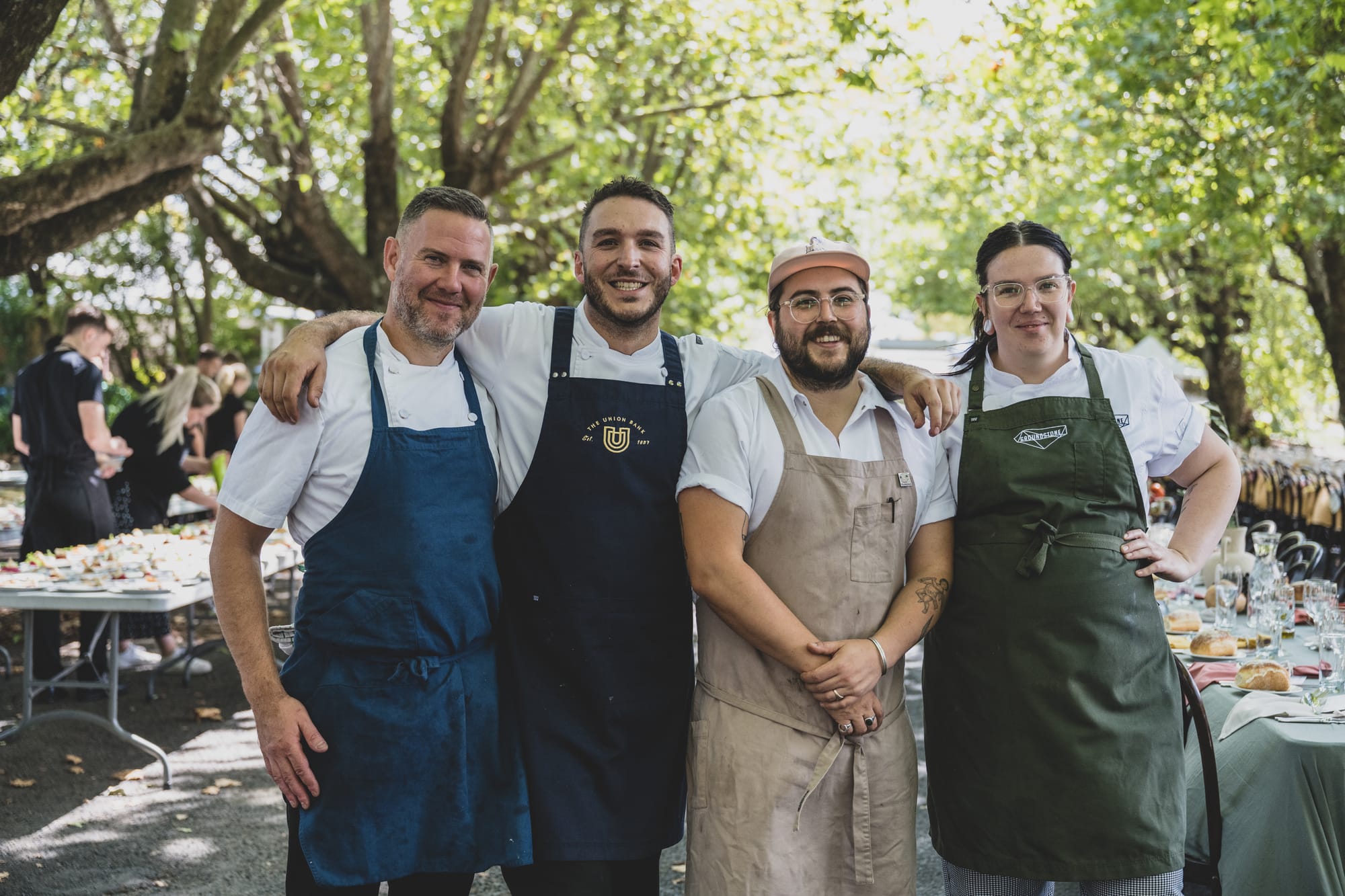
The ultimate Foodie Festival in one of Australia’s most vibrant food and wine regions is nearly upon us – from 5-14 April, Orange FOOD Week will feature unique events, amazing local produce, and dishes by some of the state’s most creative and innovative chefs. Throughout the week, show, tell and taste workshops invite festival goers to discover the personal stories and faces behind the region’s outstanding cuisine with a glass of cool-climate wine in hand. Discover more